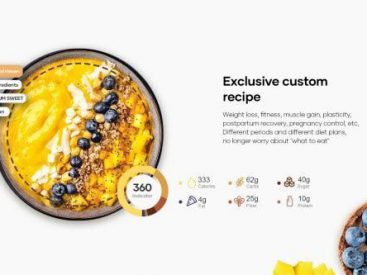Baby-led weaning, which allows the baby to be in charge of their feeding, might be a new concept to many. In recent years, there has been a popular transition from spoon-feeding at six months to emphasizing hand-held complementary foods instead. If you’re interested in this approach, having some baby-led […]
Delicious!
Delicious!



